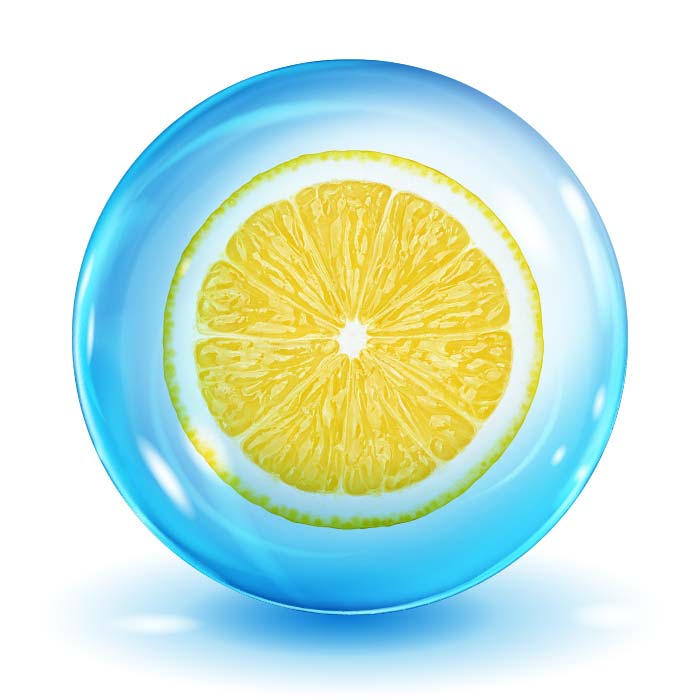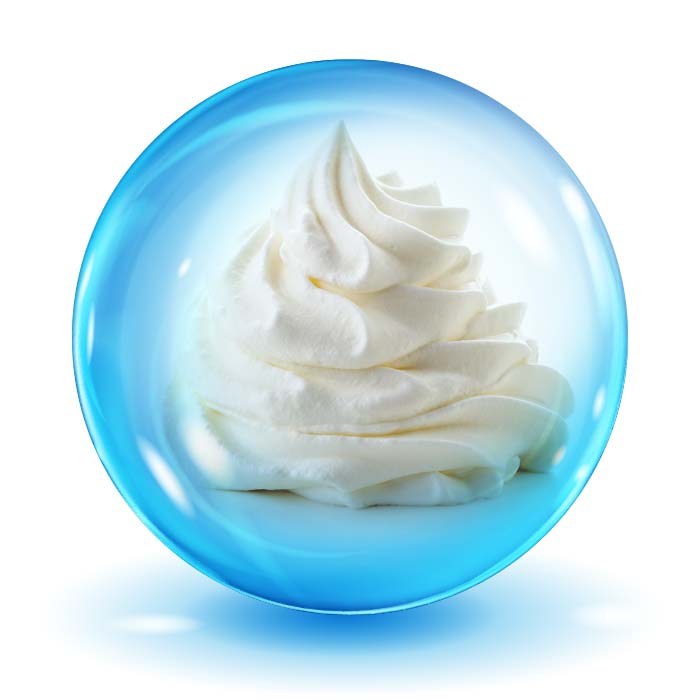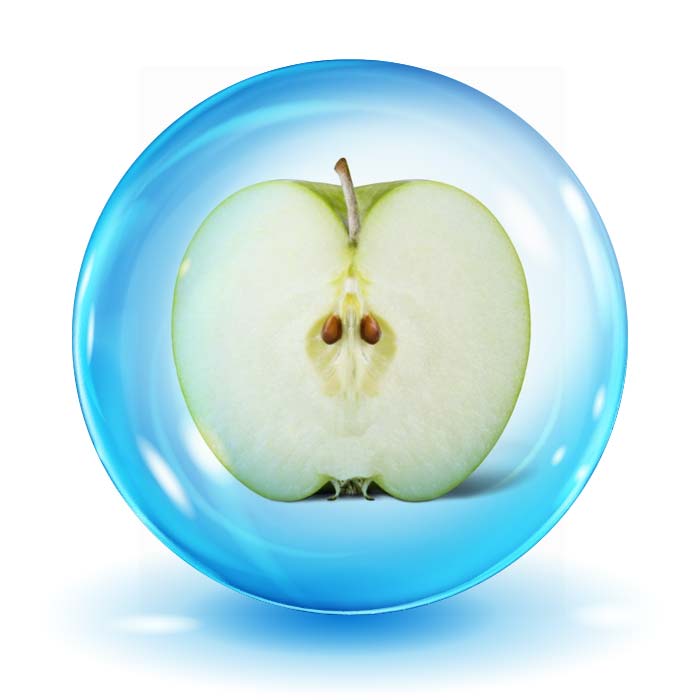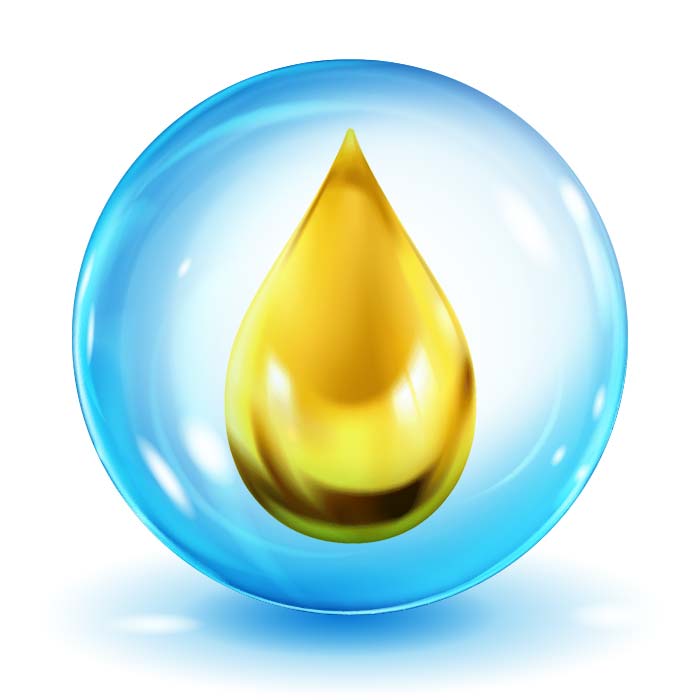Food
The way we eat is changing – more and more
While lecithin has become the omnipresent emulsifier for many food preparations, the use of Phospholipids still is underdeveloped in the food industry.
In very many prepared foods vegetable lecithins play an important role as valuable food additives. They are not only used as emulsifiers, but also as stabilizers, lubricants, antioxidants and flavour protectors. The volume of basic fluid lecithin produced by seed crushers/oil mills around the world is huge. The three main oilseeds processed today are soya, sunflower and rapeseed (also called canola). We estimate total annual world output of crude fluid lecithin from these three sources to be around 450.000 metric tons.
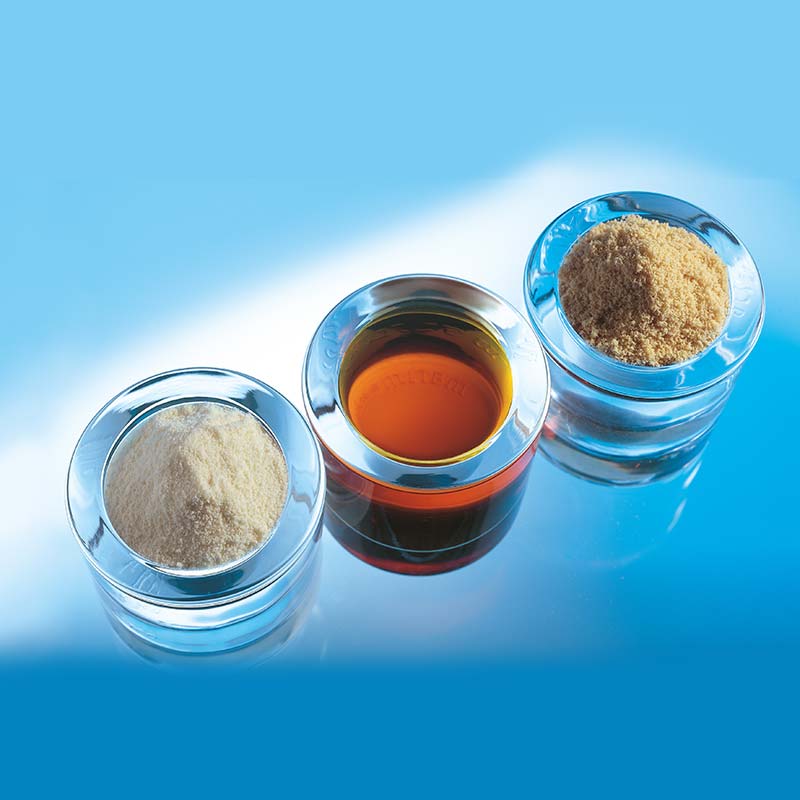
What is the main difference between basic fluid lecithin and phospholipids?
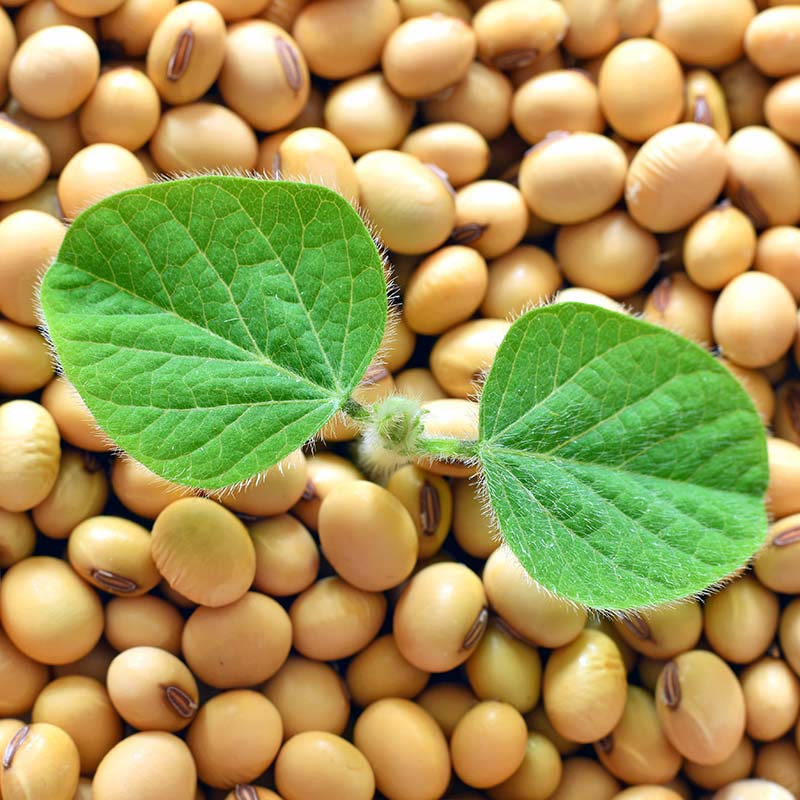
When genetic engineering of soya started over 40 years ago, consumers – especially in Western Europe – were reluctant to consume products made from genetically modified plants. Today lecithin form non-gm soya is available and lecithins made from other oil seeds also offer a choice for concerned consumers.
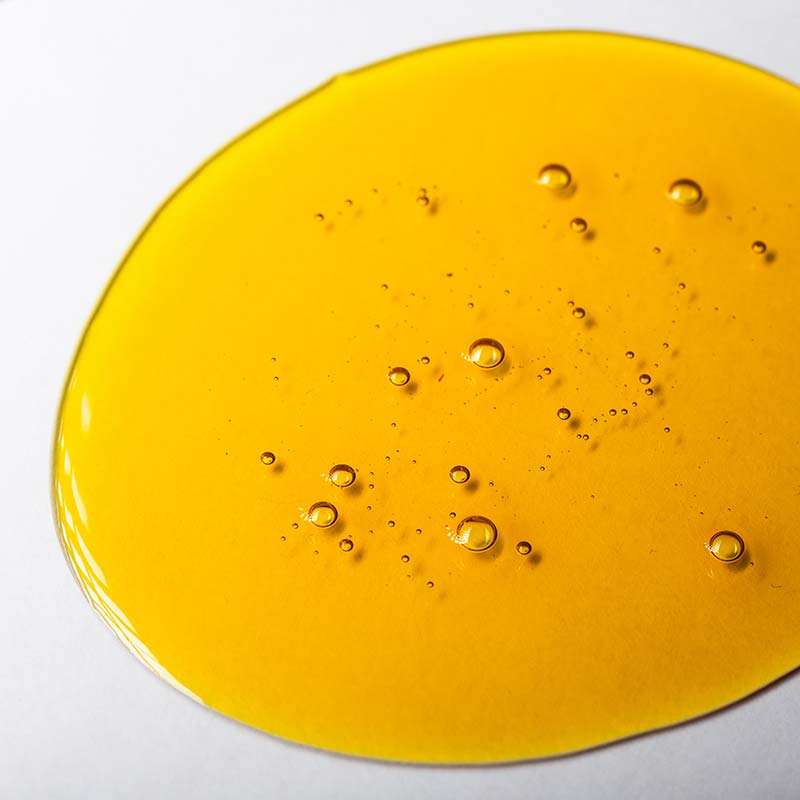
Basic crude lecithin is composed of several different phospholipids, triglycerides (lipids) and some smaller components. Lecithin may vary substantially in colour (from light caramel to dark brown), viscosity (from thin fluid to paste) as well as organoleptic properties (from bland/odorless to very heavy taste and strong smell).
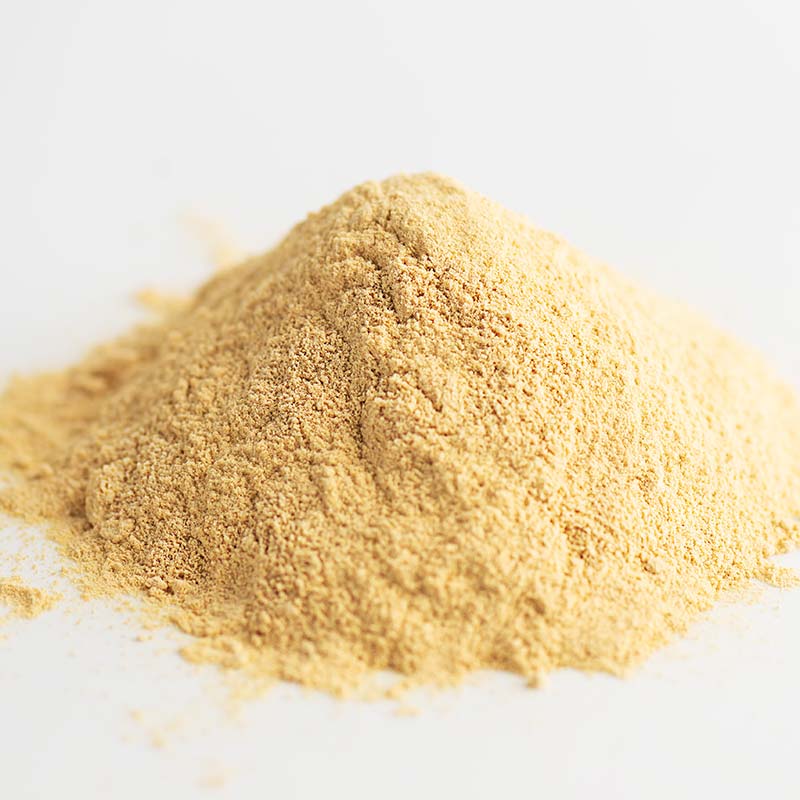
When the lipids are removed from fluid lecithin, its physical structure changes from fluid to powder. Oil-free lecithin (also called deoiled lecithin) contains mixed phospholipids and small amounts of other insoluble components.
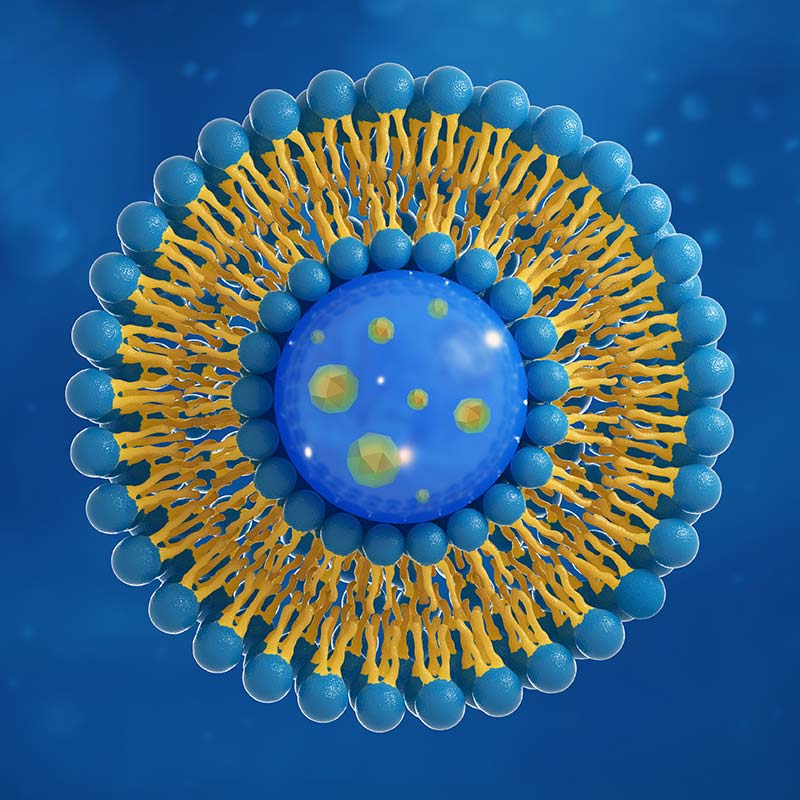
Phospholipids are the concentrated and purified active substances in lecithin (also called lecithin fractions). They are mainly produced from oil-free lecithin and then separated into individual phospholipids by column chromatography. Some phospholipids are made from animal and marine lipids or biotech sources.

